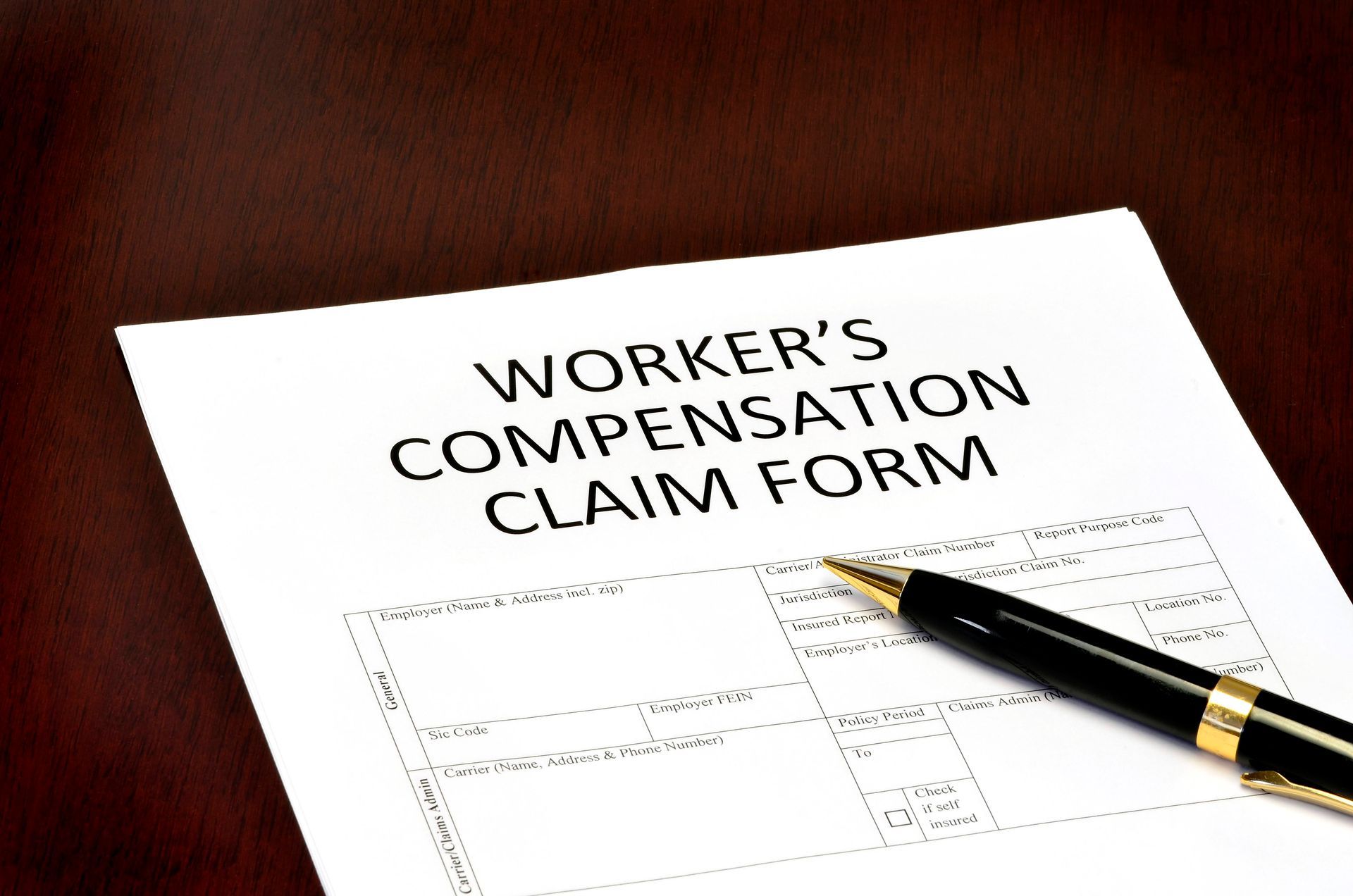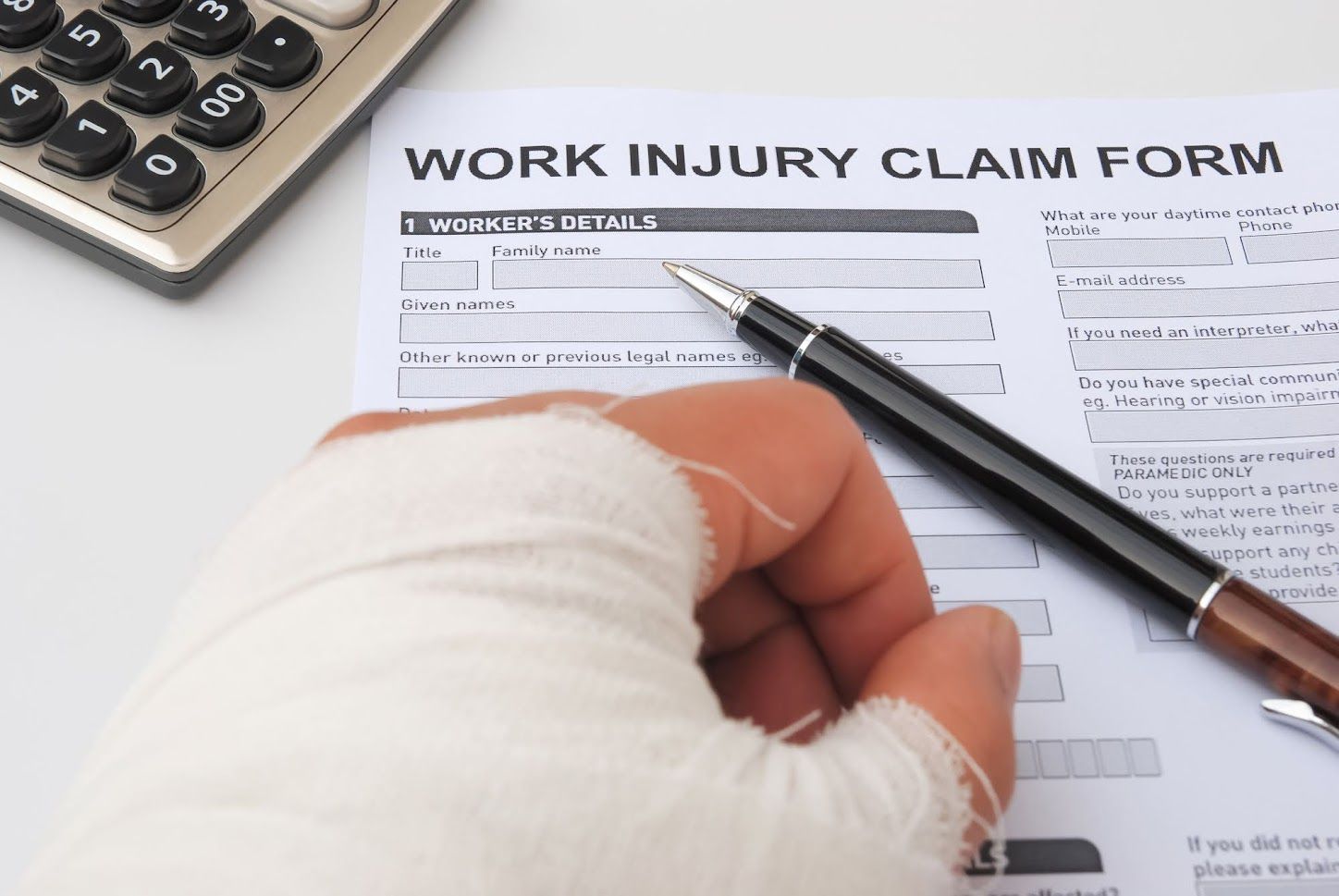Address: 1201 East Street Parkville, Missouri 64152
Toll Free:
Call Us Now:
AN OVERVIEW OF MANUFACTURING DEFECTS
A manufacturing defect arises when a manufacturer makes a mistake while constructing or putting together a product. You can file a product liability claim against a manufacturer if a manufacturing defect in their product causes you injury. Here are some forms of manufacturing defects for further clarity.
The Manufacturer Used the Wrong Parts or Materials
When a product is properly designed, the design specifications indicate the parts and materials that the manufacturer should use. However, someone may make a mistake and use a wrong part or material during the manufacturing process. A serious mistake may make the product dangerous to its eventual consumers.
For example, a car's airbag is typically manufactured from woven nylon fabric since the material is strong enough to provide protection in case of a collision. Therefore, if a manufacturer makes a mistake and uses a mixture of nylon and cotton, the airbag may fail when it is needed most and fail to provide the needed protection.
The Manufacturer Assembled the Product Incorrectly
A manufacturing defect may also arise if a manufacturer uses the correct materials but makes an error when putting them together. An incorrect assembly can come in different forms; for example:
- A manufacturer can wire an electrical circuit backward.
- A manufacturer can fail to tighten nuts and bolts as tightly as they should be fastened.
- A manufacturer may leave out a crucial part, for example, by using five ball bearings where six are needed.
Consider an example of a power tool whose internal wiring has a short circuit due to a manufacturing error. Such a power tool can give you a nasty electrical shock when you plug it in and try to use it.
The Manufacturer Labeled the Product Incorrectly
Apart from the use of wrong products and incorrect assembly, poor labeling is another classic example of a manufacturing defect. In the case of wrong labeling, the manufacturer has done everything else correctly but then forgot to include a label, used the wrong labels or mixed up the labels. Incorrect labeling can particularly be dangerous if it applies to safety instructions or parts.
Again, consider an example of a power tool whose "On" and "Off" parts have been mislabeled or swapped. Such a power tool can cause you serious injury when you pick it up because you think it is "Off" when, in the real sense, the power tool is "On."
The Manufacturer Contaminated the Product
Another example of a manufacturing defect is when a foreign material inadvertently finds its way into a finished product. Product contamination can be dangerous in any type of product, but it can be particularly dangerous in products that are meant for consumption such as medicine and food. It can even be worse if the contaminant is poisonous to human beings.
Salmonella contamination in food, which usually grabs the news headlines, is a classic example of product contamination. Although salmonella infection is usually not life-threatening for most people, it can be dangerous for people with compromised immune systems.
The Manufacturer Included a Damaged Part in the Finished Product
Lastly, a manufacturing defect may also arise if a manufacturer uses all the right materials and procedures but one of the parts is defective or damaged.
Such a scenario may arise, for example, if the manufacturer's part supplier delivers damaged products and the manufacturer fails to weed out the defect. For example, a motorized wheelchair shipped with a defective, and therefore weak, leg rest kit can trigger an accident for the user.
If a defectively manufactured product has caused you injury, then the manufacturer ought to compensate your losses. At Spooner & Perkins P.C. Attorneys at Law, we can help you prove your injuries and the manufacturer's liability so that you get the compensation you deserve. Give us a call today so that we can evaluate your case.
CONTACT INFORMATION
Email:
Phone:
Toll Free:












